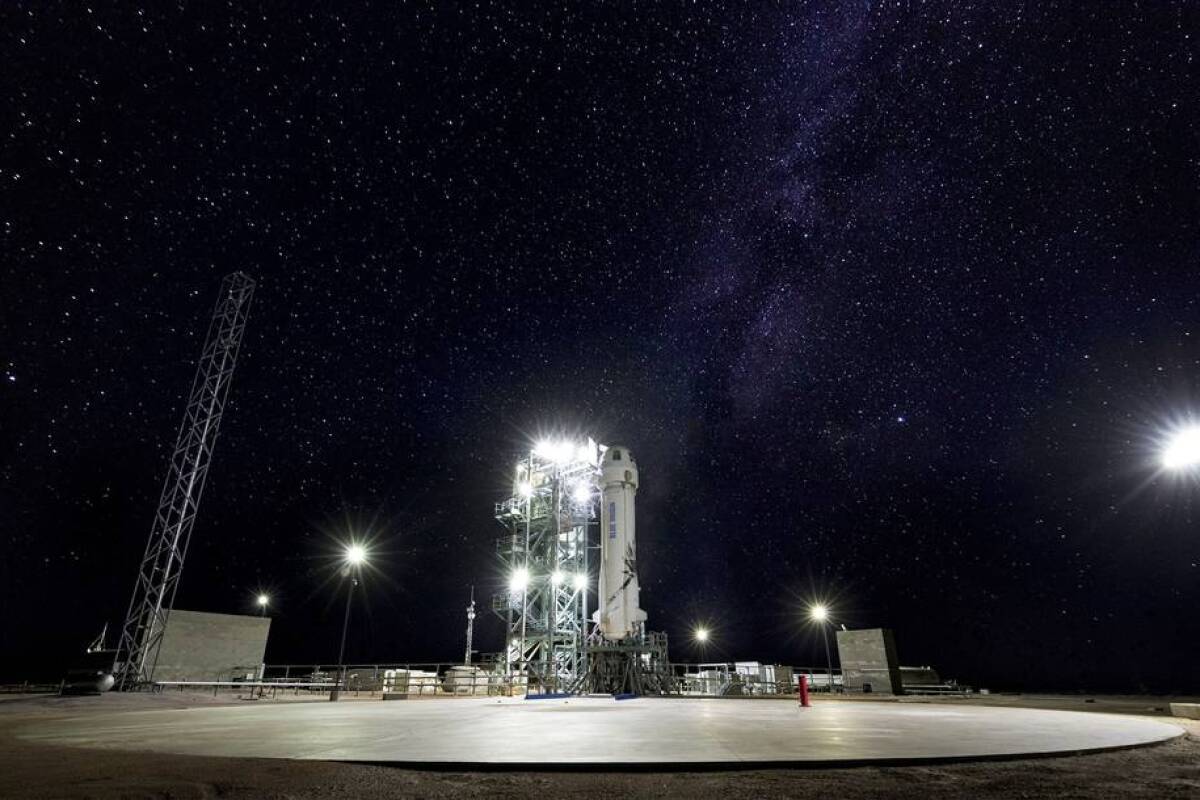NASA is giving commercial spaceflight a boost by awarding six American companies 10 contracts worth a total of US$44 million to develop what it calls "tipping point" technologies. The contracts focus on three Space Technology Mission Directorate (STMD) strategic areas – Expand Utilization of Space, Enable Efficient and Safe Transportation Into and Through Space and Increase Access to Planetary Surfaces.
One of NASA's key responsibilities since it was established 60 years ago has been the encouragement of new technologies and the present US policy supporting commercial spaceflight by private companies reflects this. The rationale behind the latest contracts is based on the idea that there is a technological tipping point, where relatively modest funding of a ground or flight demonstration could speed up the development and marketing of the product.
Through firm-fixed-price contracts, the STMD is authorized to make additional awards of US$10 million over performance periods of 36 months per project. In addition, successful projects can result in public-private partnerships managed by programs within STMD. Below is a brief overview of each project.
Cryogenic Fluid Management-Enhanced Integrated Propulsion Testing for Robust Lander Services
This US$10 million contract with Blue Origin is intended to develop a cryogenic liquid propulsion system that can be installed in a spacecraft the size of a lunar lander. In addition to testing the integrated propulsion system, the project will also involve a separate experiment aboard Blue Origin's New Shepard suborbital vehicle.
In-Space Xenon Transfer for Satellite, Servicer and Exploration Vehicle Replenishment and Life Extension
Space Systems/Loral (SSL) received US$2 million to develop a way of refueling satellites with Xenon – a noble gas that's the propellant used in some types of advanced ion thruster. The idea is that if an orbital tanker can periodically visit satellites, it would extend their service life.
Integrated Vehicle Fluids Flight Demonstration
US$10 million goes to United Launch Alliance (ULA) for an Integrated Vehicle Fluids (IVF) system, which is a complex way of saying that the project aims to keep cryogenic fuels colder longer. This would not only improve the performance of booster upper stages like the Centaur rocket, but would also have applications in lunar landings. The hope is that by having liquid hydrogen and oxygen on tap, spacecraft will be able to do away with batteries, helium pressurization systems and the dangerous hydrazine used to fuel the reaction control systems.
Flight Qualification of the DSE, MON-25 MMH Rocket Engine
Intended to advance Frontier Aerospace Corporation's Deep Space Engine (DSE) to the flight demonstration phase on the Astrobotic Peregrine Lunar Lander mission in 2020, the US$1.9 million award is aimed at advancing the use of lower freezing point propellants for landers and deep space probes. According to NASA, such a system would help to reduce weight and power requirements.
Cryogenic Encapsulating Launch Shroud and Insulated Upper Stage (CELSIUS)
Paragon Space Development Corporation gets US$1.6 million for its CELSIUS system. This is a high-tech cladding that acts as additional insulation to upper stage cryogenic tanks while providing protection from micrometeoroids and debris strikes.
High Efficiency 6kW Dual Mode Electric Propulsion Engine for Broad Mission Applications
Another SSL award is US$2 million for its electric propulsion technology that uses a selectable dual-mode Power Processing Unit (PPU) to provide a 6-kW Hall ion thruster with either 300 or 600 volts as required. This will increase the efficiency and flexibility of future deep space missions.
Cryogenic Fluid Management Technology Demonstration
The second ULA contract is for US$2 million to demonstrate how Cryogenic Fluid Management (CFM) can make it possible to use propellants like liquid oxygen and hydrogen on prolonged deep space missions by minimizing fuel boil off.
Stand-Alone Sensor for High Precision Planetary Landing
Astrobotic Technology, Inc is the recipient of US$10 million to support a lunar technology demonstration mission for the Terrain Relative Navigation (TRN) sensor suite. This is a lightweight, inexpensive, high-performance, stand-alone passive optical sensor suite that is aimed at lunar and planetary lander designs.
Advancing Sensor Suites to Enable Landing Anywhere on the Lunar Surface
Blue Origin's US$3 million award is for Terrain Relative Navigation (TRN), navigation doppler lidar for making precise soft landings anywhere on the Moon. This will be integrated with altimetry sensors and subjected to flight tests at an altitude of 100 km (62 mi) aboard Blue Origin's New Shepard.
Mid-Air Retrieval (MAR) Demonstration
ULA's third contract is for a mid-air payload recovery system where an aircraft catches a returning satellite before it touches the ground. The ULA system will handle payloads of up to 8,000 lb (3,630 kg) and will be demonstrated using NASA's Low-Earth Orbit Flight Test of an Inflatable Decelerator (LOFTID) project and an ocean-going ship with helicopter landing capabilities for the recovery phase of the mission.
"These awards focus on technology collaborations with the commercial space sector that leverage emerging markets and capabilities to meet NASA's exploration goals," says NASA Administrator Jim Bridenstine. "While these key technologies will support NASA's science and human exploration missions in the future, these awards are yet another example of NASA's commitment to our nation's growing commercial space industry today."
Source: NASA





